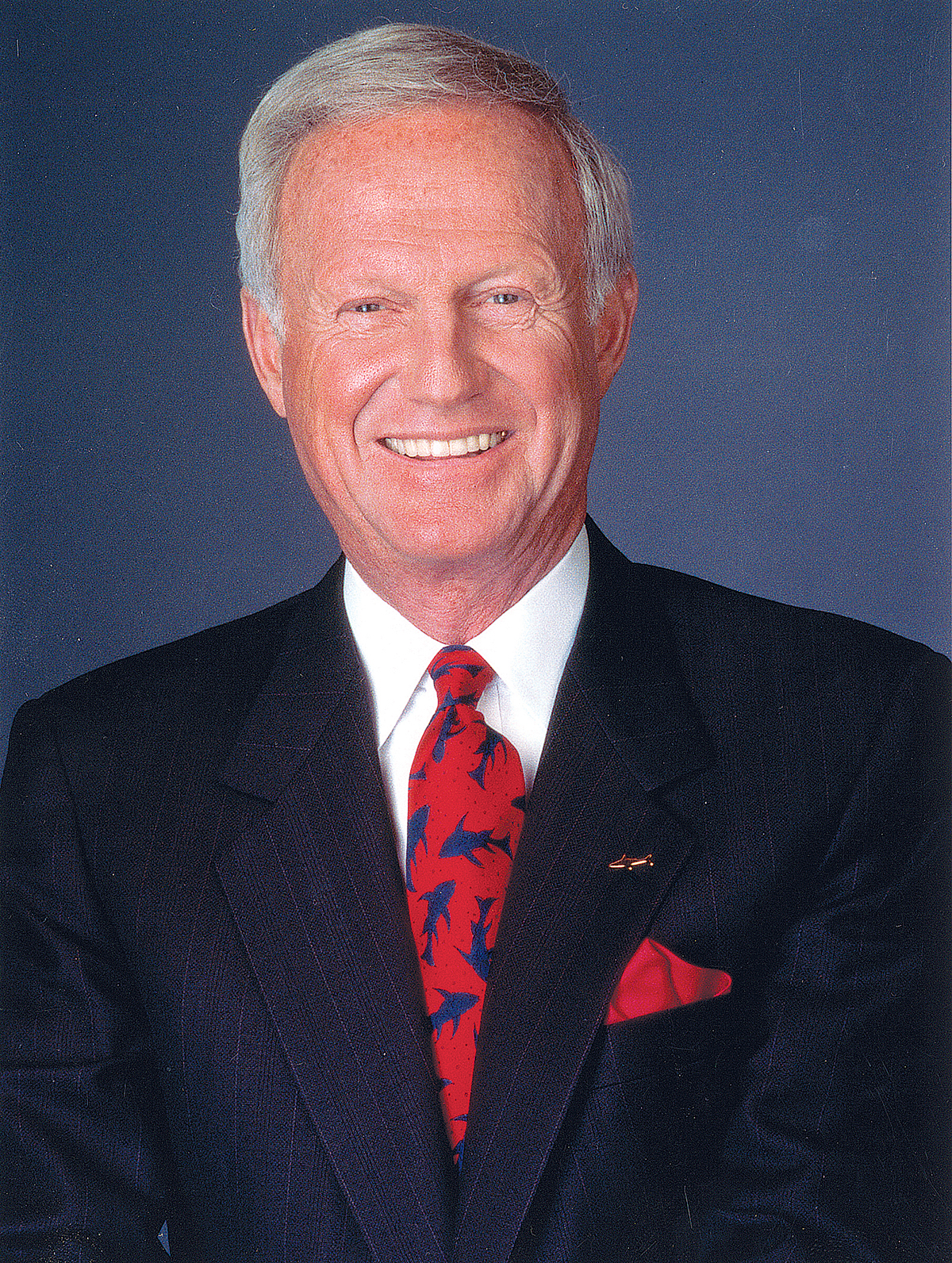Young people bounce back from adversity faster than their elders, right? Not when it comes to American jobs. Six years after the U.S. economy began expanding from the worst recession since the Great Depression, people ages 25 to 34 are having a harder time finding jobs than other workers.
This is the new normal. Men and women at the peak of their physical and mental development are increasingly frustrated in the job market precisely at the point when they are poised to launch careers and start families. Since the new century’s first recession in 2001, the unemployment rate for these young Americans has stayed higher than the rate of overall unemployment, according to data compiled by Bloomberg.
What’s most striking is that the gap is wider now than it was in 2009, in the depths of the financial crisis. That’s an indication that the economic recovery hasn’t helped younger workers as much as it did after 20th-century slumps, Bloomberg data show.
Take the 1982 recession. At first, it hit 25- to 34-year- old workers hard. Unemployment for that group surged 2.37 percentage points to 9.66 percent in December 1983. The overall rate rose less — 1.98 percentage points — and to a lower level of 9.6 percent.
Then things turned around for the 25- to 34-year-olds. By December 1984, the year President Ronald Reagan was re-elected, unemployment among those younger workers had fallen to 7.24 percent, below the overall unemployment rate of 7.51.
The same thing happened after the 1992 recession. Younger workers were hit hardest in the two years after December 1990 — and then caught up to everyone else a year later. The younger group’s unemployment rate would remain lower for the rest of the decade.
It wasn’t until December 2002 that the unemployment rate of 25-to 34-year-olds (5.87 percent) rose above the overall unemployment rate (5.78 percent) and stayed there. By 2009, the difference widened to half a percentage point, 9.88 percent compared with 9.28 percent.
There probably is no single cause for this stubborn disparity. Economists say it is derived from the growing percentage of people older than 55 who aren’t retiring, the displacement of jobs caused by computers, limited mobility and a lack of the types of skills that employers are seeking.
Whatever the cause, there is no sign this chronic feature of 21st century America is ending. Other age groups are gaining in the labor market. Since 2010, for example, people between the ages of 35 and 44 looking for a job have outperformed the entire population of job seekers, according to Bloomberg data. This group is doing even better than it did in the 20th century when, as with those ages 55 and older, any gap with the U.S. unemployment rate collapsed during the boom years.
Combine this with the knowledge that Americans reaching what was once considered retirement age are now becoming a bigger percentage of the workforce, and 25- to 34-year-olds may face even less opportunity.
That bleak scenario helps explain why six years into the economy’s uneven recovery from the financial crisis, the Federal Reserve is wise to remain cautious about raising interest rates.
No posts to display
Sign in
Welcome! Log into your account
Forgot your password? Get help
Privacy Policy
Password recovery
Recover your password
A password will be e-mailed to you.










